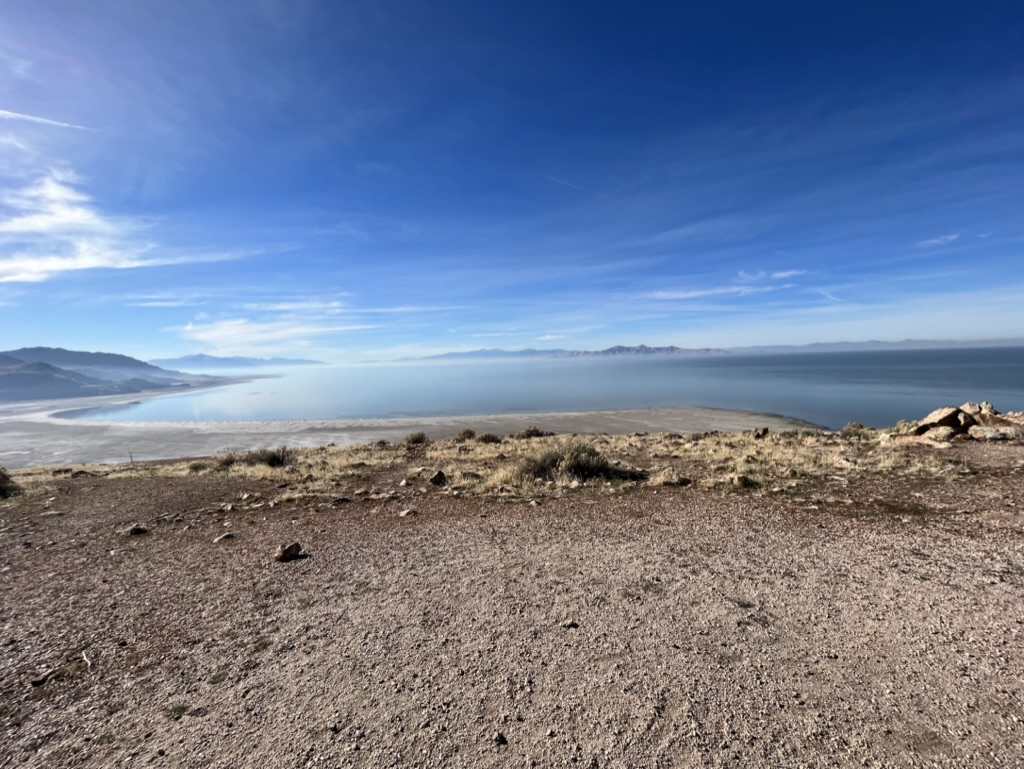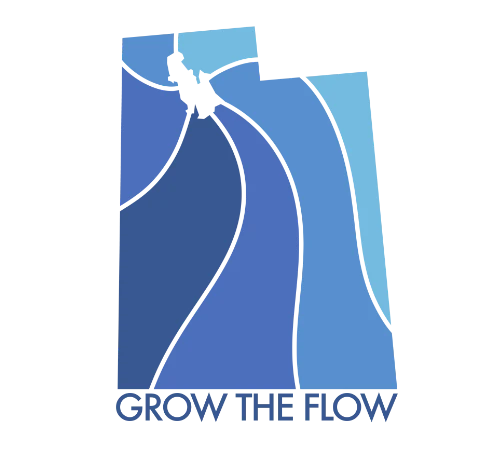The Economic Future of Utah: Why Saving the Lake Matters
Great Salt Lake isn’t just a natural wonder—it’s a key player in Utah’s economy. A shrinking lake threatens water availability, air quality, and local industries, directly impacting homeowners and businesses…

Why does it matter to you?
- A Public Health Disaster: A drying lake bed creates dust storms laced with arsenic, mercury, and lead, impacting the health of 2.5 million Utahns downwind and straining healthcare systems.
- Lake Effect: Lake effect storms produce 5%-10% Utah’s snowpack, and evaporation from Great Salt Lake provides up to 50% of annual precipitation along the Wasatch Front. As the lake shrinks, so does our rain and snow.
- Workforce Challenges: Young professionals are concerned about the health and economic risks associated with the decline of the lake and Utah’s existing air quality issues, making it increasingly difficult to attract new talent and seasonal workers alike.
- A Housing Market Hit: A declining housing market, driven by rising public health concerns and diminished environmental quality, impacts relocation prospects and the overall economic outlook for homeowners and companies invested in Utah.
- An Economic Paradox: While restoring Great Salt Lake will be a multi-billion dollar effort, the cost of preemptive action is dwarfed by the cost of letting the lake decline, which will result in billions of dollars spent for dust mitigation alone.
- Regulatory and Legal Risks: An ailing Great Salt Lake will lead to Endangered Species Act listings, Clean Air Act violations, and SEC violations for businesses that fail to disclose the risk of operating near Great Salt Lake.
Your actions today—like reducing water use and supporting lake preservation—can directly benefit Utah’s economic future and preserve your community’s way of life.
Owens Lake: A Warning for Utah
Owens Lake, a terminal saline lake in California, dried up completely by 1926 after its water diverted to serve a growing Los Angeles metropolitan area. The rapid decline of the lake and its ensuing impact on downwind populations, Los Angeles tax-payers, and the local ecology is a harrowing glimpse into Northern Utah’s future if we choose to let Great Salt Lake decline.
- Cost of Dust Mitigation: Since 2000, dust mitigation has cost Los Angeles metropolitan ratepayers $2.5B, with annual mitigation costs increasing each year.
- Dust Storms: Dust storms from the dry lakebed are the single largest, human-caused source of carcinogenic dust in North America.
- Health impacts: Owens Lake’s dust emits carcinogenic particulates at concentrations more than 100x higher than the EPA’s healthy limits, causing respiratory illness, asthma, cardiovascular diseases, and pregnancy complications.
- Size of Owens Lake vs GSL: Great Salt Lake is 15 times larger than Owens Lake (1.08 million acres vs 70,400 acres), with 2.5 million Utahns living downwind—compared to just 40,000 living downwind of Owens Lake.
“The valley is filled brown from rim to rim. … You taste salt in your throat, in your mouth and in your nose. People with breathing problems start showing up at our local little ER room in our small little hospital.”
5 Opportunities if We Act
1. Global Leadership: The world is watching Utah—–if we can band together and take action, we will become the first community in the world to save their saline lake from decline.
2. Protecting Our Future: The health of Great Salt Lake is essential to ensuring that our children can enjoy the same quality of life, security, and opportunities that we have today in Northern Utah.
3. Innovative Water Solutions: Addressing water scarcity—one of the biggest unsolved problems of the 21st century—will position Utah as a leader in water conservation technology and practices. innovation in water management technologies and practices, positioning Utah as a leader in sustainable solutions.
4. Collaborative Business Ventures: Saving the lake can foster partnerships among businesses, government, and nonprofits—promoting sustainability and community engagement while enhancing brand reputation and market reach.
5. It’s the Right Thing to Do: As a world leader, this is an opportunity to establish moral leadership. By ‘walking the talk’ to tackle the crisis at Great Salt Lake, we can ensure we sit on the right side of history.
